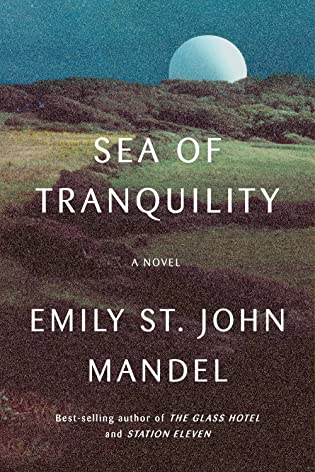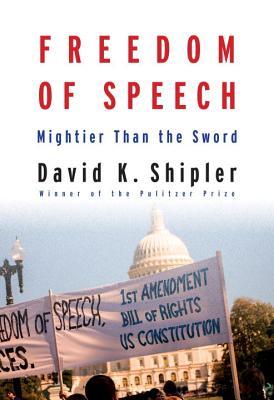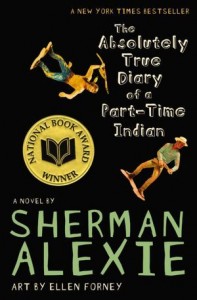 Sea of Tranquility by Emily St. John Mandel
Sea of Tranquility by Emily St. John Mandel Format: eARC
Source: supplied by publisher via Edelweiss
Formats available: hardcover, paperback, large print, ebook, audiobook
Genres: science fiction, time travel
Pages: 255
Published by Knopf on May 5, 2022
Purchasing Info: Author's Website, Publisher's Website, Amazon, Barnes & Noble, Kobo, Bookshop.org, Better World Books
Goodreads
The award-winning, best-selling author of Station Eleven and The Glass Hotel returns with a novel of art, time travel, love, and plague that takes the reader from Vancouver Island in 1912 to a dark colony on the moon five hundred years later, unfurling a story of humanity across centuries and space.
Edwin St. Andrew is eighteen years old when he crosses the Atlantic by steamship, exiled from polite society following an ill-conceived diatribe at a dinner party. He enters the forest, spellbound by the beauty of the Canadian wilderness, and suddenly hears the notes of a violin echoing in an airship terminal--an experience that shocks him to his core.
Two centuries later a famous writer named Olive Llewellyn is on a book tour. She's traveling all over Earth, but her home is the second moon colony, a place of white stone, spired towers, and artificial beauty. Within the text of Olive's best-selling pandemic novel lies a strange passage: a man plays his violin for change in the echoing corridor of an airship terminal as the trees of a forest rise around him.
When Gaspery-Jacques Roberts, a detective in the black-skied Night City, is hired to investigate an anomaly in the North American wilderness, he uncovers a series of lives upended: The exiled son of an earl driven to madness, a writer trapped far from home as a pandemic ravages Earth, and a childhood friend from the Night City who, like Gaspery himself, has glimpsed the chance to do something extraordinary that will disrupt the timeline of the universe.
A virtuoso performance that is as human and tender as it is intellectually playful, Sea of Tranquility is a novel of time travel and metaphysics that precisely captures the reality of our current moment.'
My Review:
The thing about wibbly-wobbly, timey-wimey bits is that the bits do wobble in erratic patterns that result in equally wobbly results.
The story begins with a man who thinks he might be going insane, and ends with one who realizes that everything that has happened, everything that we’ve read and experienced, is all his fault. And that there’s nothing he can do about it except see events through to their conclusion – a conclusion which is also their beginning.
Sea of Tranquility jumps through time and space, from Victoria BC just before the First World War to the Lunar Colony One in 2401 and several points in between, all linked by a weird glitch under an old maple tree on Vancouver Island where, if a person is standing in just the right place and walking in just the right direction they are temporarily, and temporally, transported to an airship terminal in Oklahoma City hearing an old man play a few notes of a lullaby on a violin. Right around the turn of the 20th century into the 21st. No matter when in time the “time traveler” is really standing.
Some people at the Time Institute on Lunar Colony One believe that this repeating “glitch” is evidence that life isn’t real, that we’re all part of some higher-order being’s simulation of life. Others think it’s been faked or a mass hallucination or some other less fantastical explanation. Rookie Time Agent Gaspery-Jacques Roberts is sent to investigate all of the people who have experienced the glitch, whenever and wherever they happen to be, to see if he can bring back enough evidence for the Time Institute to make a final determination.
Which, in the end, they think they do. Of him. Or so they believe. But in the end, those timey-wimey bits turn out to have one wobble left in them. And it’s a doozy.
 Escape Rating B: If Eversion and Under Fortunate Stars had a book baby, it would be Sea of Tranquility. In spite of Sea having been published first.
Escape Rating B: If Eversion and Under Fortunate Stars had a book baby, it would be Sea of Tranquility. In spite of Sea having been published first.
I picked this up because I loved Station Eleven and Sea of Tranquility has won all sorts of awards, including Goodreads Best Science Fiction book for 2022. It’s interesting, it’s terribly terribly interesting, but now that I’ve read it I have to admit that it was good but not as great as all the reviews have made it out to be.
Let me, as I always try to do, explain.
One of the interesting and excellent things about Sea of Tranquility is that the author managed to write a book about the pandemic without it being truly about the recent pandemic. And yet it still managed to address the issues around all the human behavior and human reactions to the pandemic just sideways enough to make that part of the story just distant enough to let the reader see things clearly rather than being a drumbeat about everything that specifically went wrong.
Authors seem to be dealing with the pandemic in plenty of different ways, but this was particularly good because it set it in the context of pandemics in general and human responses to them more generally while still letting the pandemic that happens in 2203 – or at least one character’s reaction to it – pull at our heartstrings rather than inducing rage at what woulda, coulda, shoulda happened instead.
That this particular part of the story is framed around an author on a Book Tour made it even more appealing and comprehensible – particularly for those of us even tangentially related to the book world.
(Speaking of which, the Mercantile Library in Cincinnati that the author in the book visits on her book tour is not only a real place but it really does have a 10,000 year renewable lease for its building. What the Director’s office actually looks like may or may not match the description, but considering the pictures on the interwebs of the rest of the building I would not be at all surprised. I would be equally unsurprised to learn that the author of Sea of Tranquility had visited the Merc while on tour for either Station Eleven or The Glass Hotel.)
But my initial reaction to Sea of Tranquility was very similar to the way I felt at the beginning of Eversion. Because both books tell multiple stories seemingly dropped in different eras, and because both start out seeming to focus on one character who we get sucked into caring about. Then we discover that it isn’t his story, and it isn’t the next character’s story or even the next and it’s not until near the end that we and the protagonist finally learn who that protagonist really is.
It’s also a bit like Under Fortunate Stars in that the story is about causality and closing a time loop that no one knew was there. In Under Fortunate Stars events were being manipulated by a benevolent universe, or luck, or fate, depending on what one thinks of any of those agencies in an SFnal context. But in Sea of Tranquility there’s a self-interested Time Institute who believes that they are in control of any and all temporal meddling. Which they really, really aren’t.
In the end, the story in Sea of Tranquility is more than a bit meta, in that it comments on itself within itself – disguised as reader commentary to the author on that book tour – and seems to be telling fragments of stories that only connect up at the end, and that only loosely. It’s an interesting enough read – helped by the book being short – but it doesn’t quite gel into a compelling whole.
Which is really too bad because some parts of it, particularly the book tour, were terrific. But the whole is disjointed. We don’t have enough time to get invested in the characters, particularly the actual protagonist of the whole thing. And I have to say that while the story has SFnal aspects – because time travel – it’s not SF enough to make me think of it as a top pick for specifically SF awards. (Putting it another way I don’t think it is nearly SF enough to place it among my Hugo nominations.)
 One final note, some of the time travel aspects did give me warm fuzzies of Jack Finney’s time travel classic, Time and Again, including the author’s visit to the Dakota. Not that the stories go to the same times or places, but the process of approaching time travel and immersion in the period – as well as the punishments for messing up the supposedly sacred timeline, were very familiar.
One final note, some of the time travel aspects did give me warm fuzzies of Jack Finney’s time travel classic, Time and Again, including the author’s visit to the Dakota. Not that the stories go to the same times or places, but the process of approaching time travel and immersion in the period – as well as the punishments for messing up the supposedly sacred timeline, were very familiar.
I recently learned that The Glass Hotel provides backstory for several of the 21st century characters who have secondary roles in Sea of Tranquility. The Glass Hotel has been on my TBR pile for a while now, but it has just moved considerably up the pile!

 Freedom of Speech: Mightier Than the Sword by
Freedom of Speech: Mightier Than the Sword by  Even though this is
Even though this is